- Manual gearbox
- Fun to drive
- Intuitive screen
- Interior quality
- Could be more fuel efficient
- 4-doors won't be for everyone
On sale since 2011 and enjoying reasonable success in the Australian new car market, the Hyundai Veloster is now in its second generation. Giving buyers a more youthful and cooler choice than the regular i30 hatchback, the Veloster was given more attitude and sporting appeal for its second generation – as well as a reasonable price increase. We tested the mid-spec 2020 Hyundai Veloster Turbo, which sports the enthusiast’s choice: a six-speed manual transmission. We tested it to see how it compares to the competition in the warm hatch segment.
Price & Specs:
The model we have here – the 2020 Hyundai Veloster Turbo – has a starting price of $35,840 plus on-road costs. It sits above the $29,780 non-turbo base model but below the top-spec $39,380 Turbo Premium. Rivals to the Veloster include Hyundai’s own $27,010 i30 N-Line – which shares the engine/drive train with the Veloster Turbo – as well as the $32,180 2020 Toyota 86 GT.
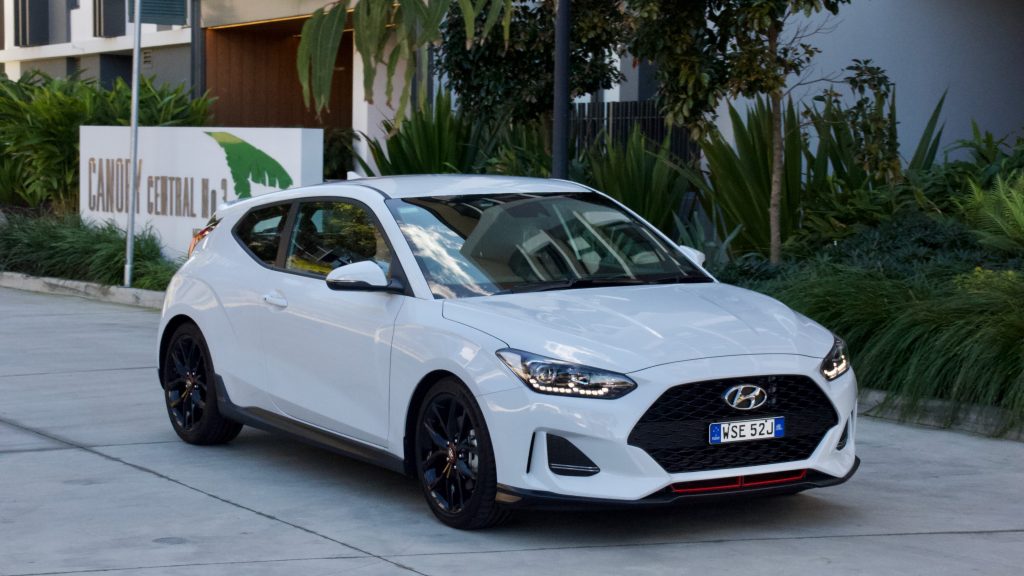
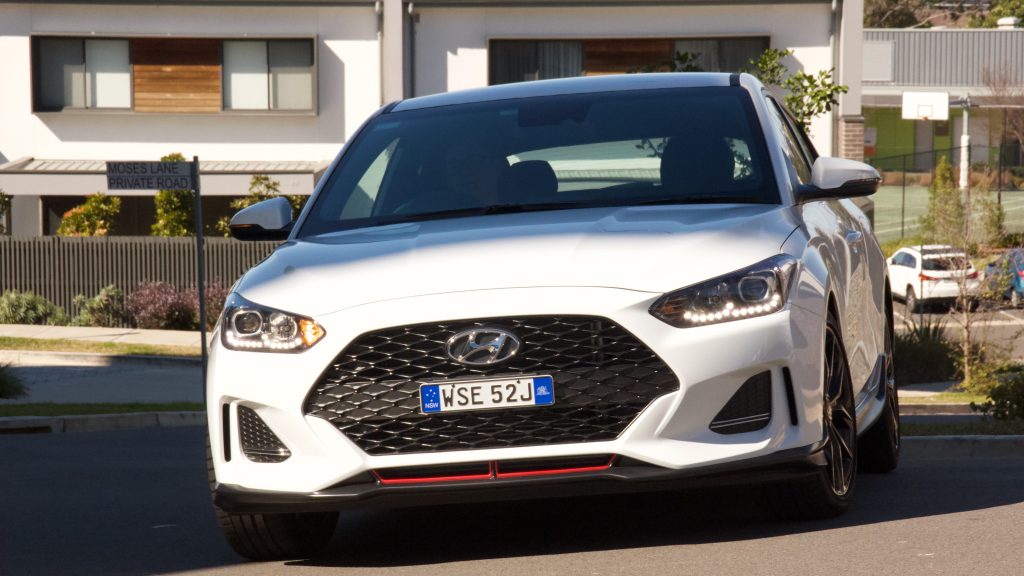
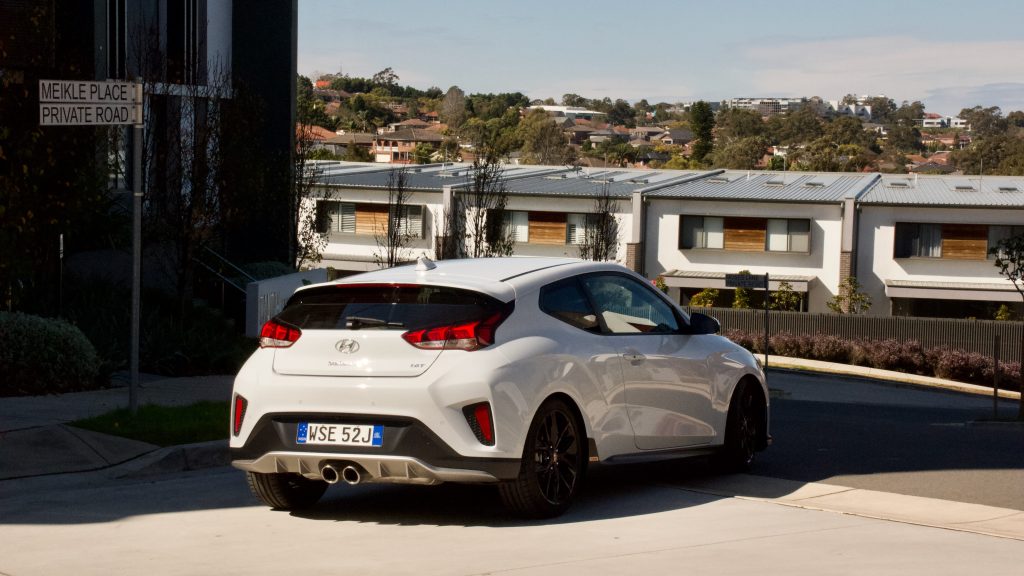
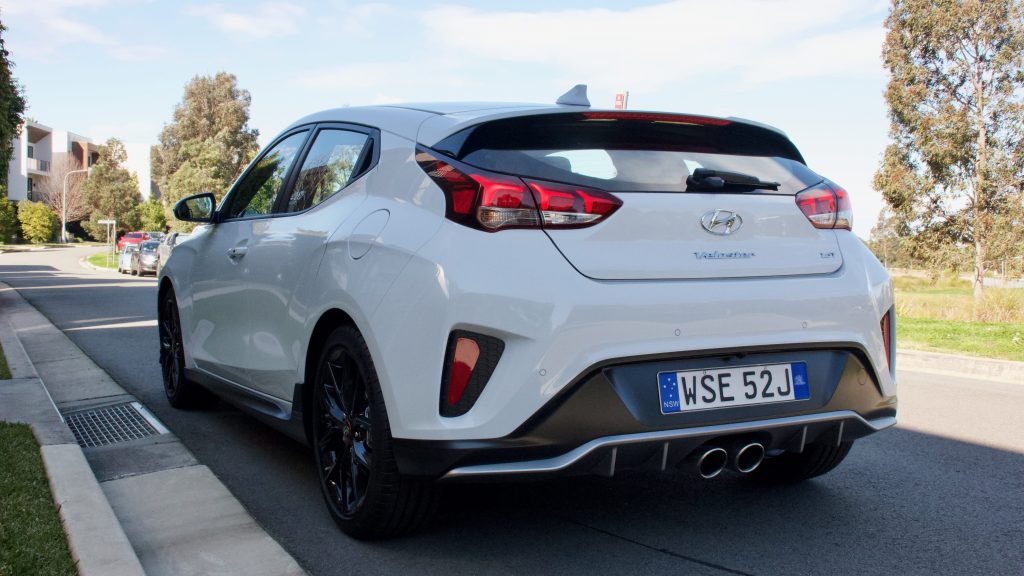
The Veloster has always been a quirky vehicle, which is due to its door situation. On one side you would be forgiven for thinking it is a regular five-door hatchback but turn the car around and it only has one full size door, which resembles a three-door hatch. For some this is the best of both worlds – a coupe on the side you use the most and a practical five-door hatch on the kerb side for kids or other passengers – but in our experience, it can confuse others.
Standard equipment on the 2020 Hyundai Veloster Turbo is reasonable with half cloth/leather bucket seats, a leather steering wheel and shift knob, automatic LED headlights (with halogen high beam), 18-inch gloss black alloy wheels, keyless entry and start, paddle shifters (on the automatic models), an 8.0-inch colour touchscreen with Apple CarPlay, Android Auto, digital radio, satellite navigation and an eight-speaker Infinity sound system.
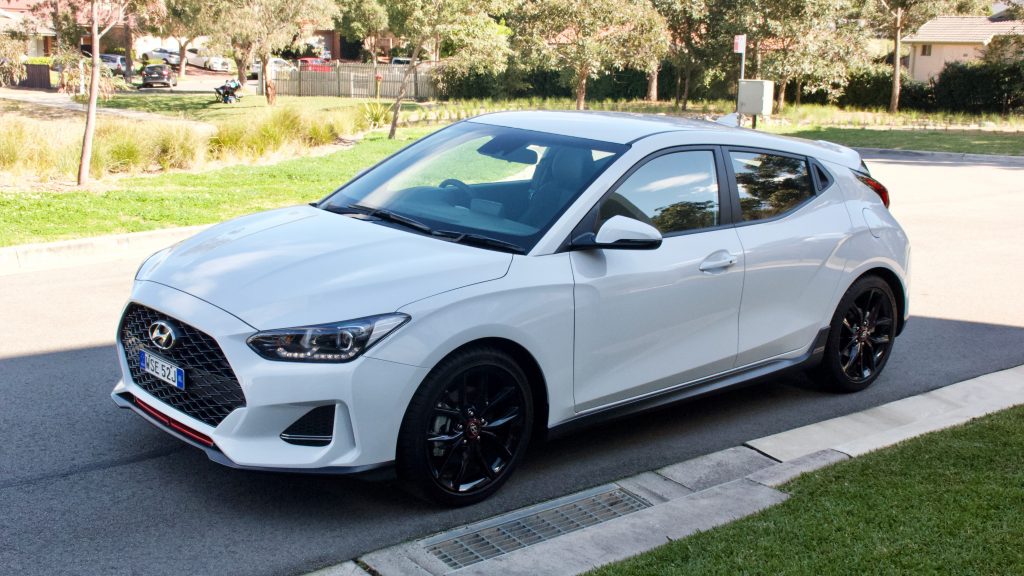
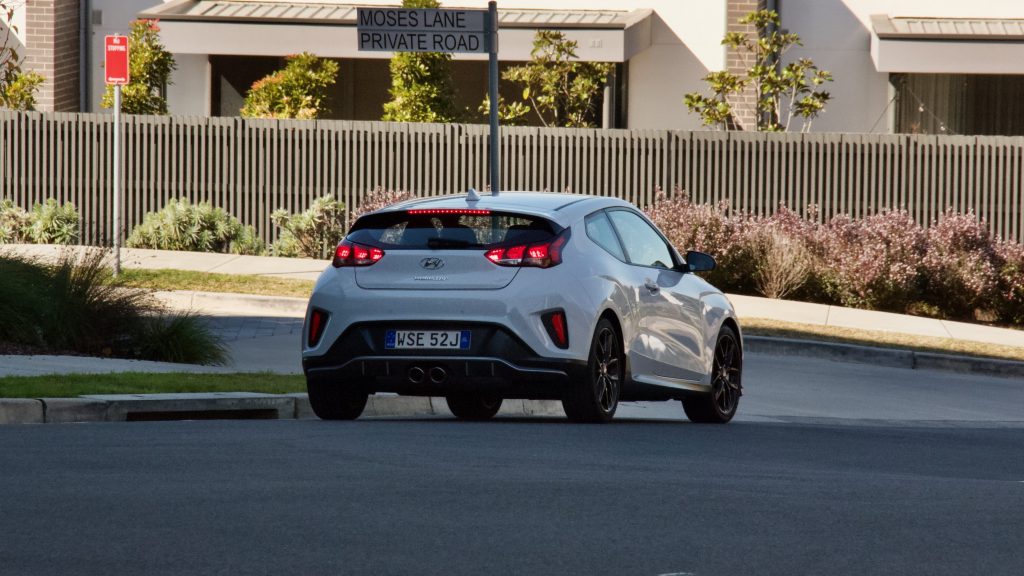
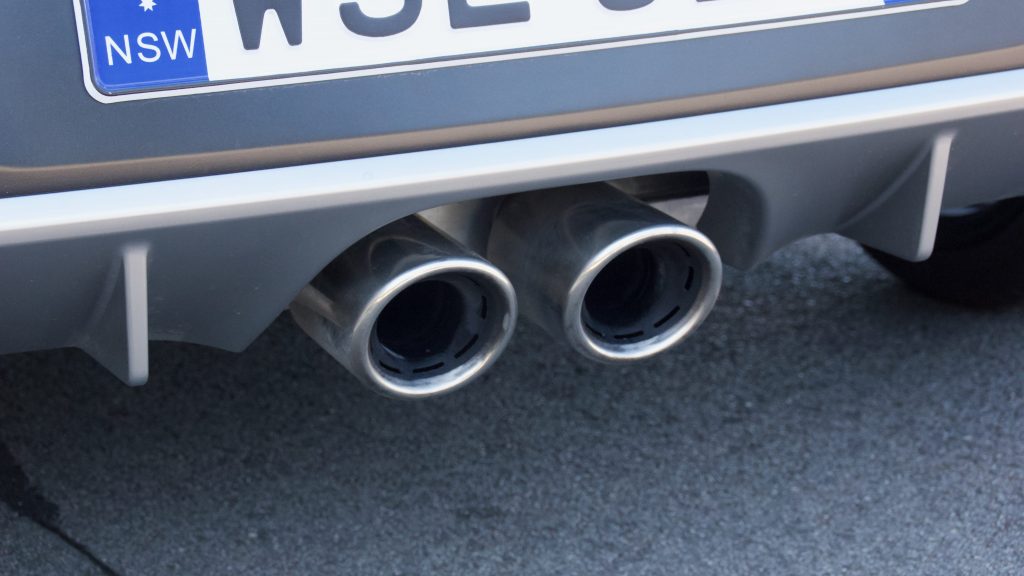
Stepping up to the 2020 Hyundai Veloster Turbo Premium does add $3,540 to the price but you gain different 18-inch alloy wheels, leather seats with the driver’s electrically adjustment, a full-length panoramic glass roof, heated and cooled front seats, a heated steering wheel, a colour heads-up display, auto wipers (this should be standard on all models) and a wireless phone charger.
Optional on the Veloster Turbo Premium is a two-tone exterior colour scheme – this is not available on the other Veloster models.
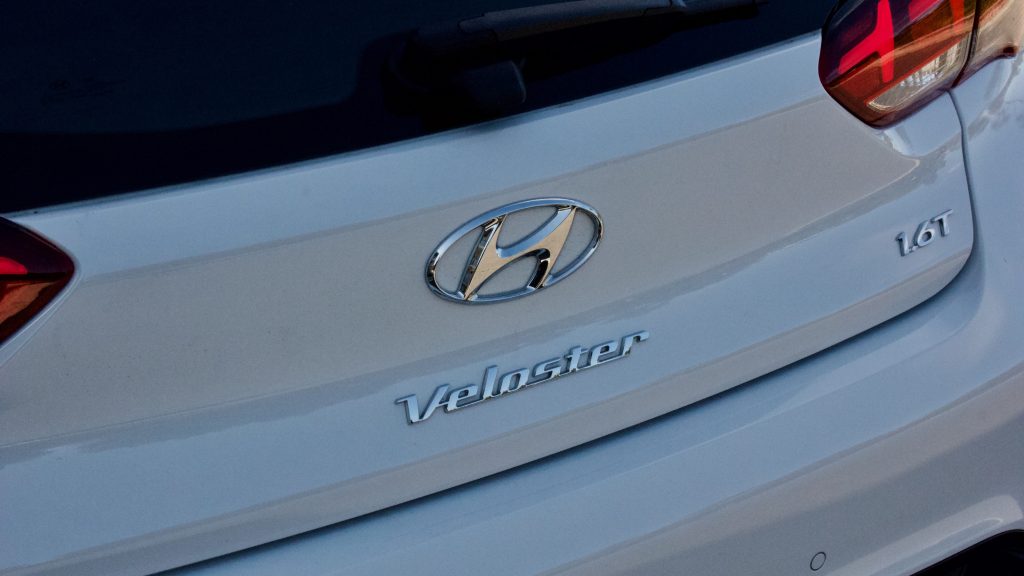
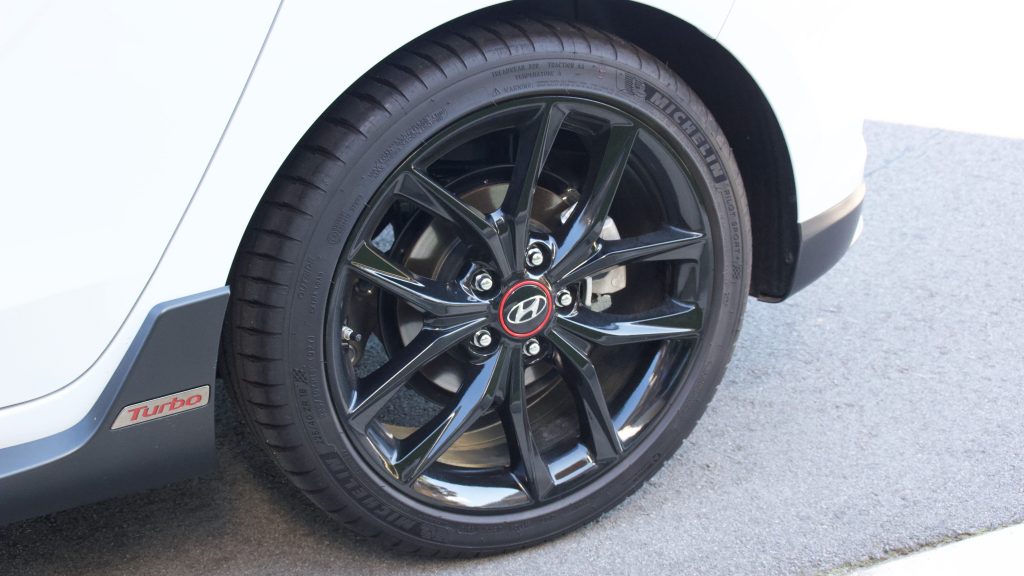
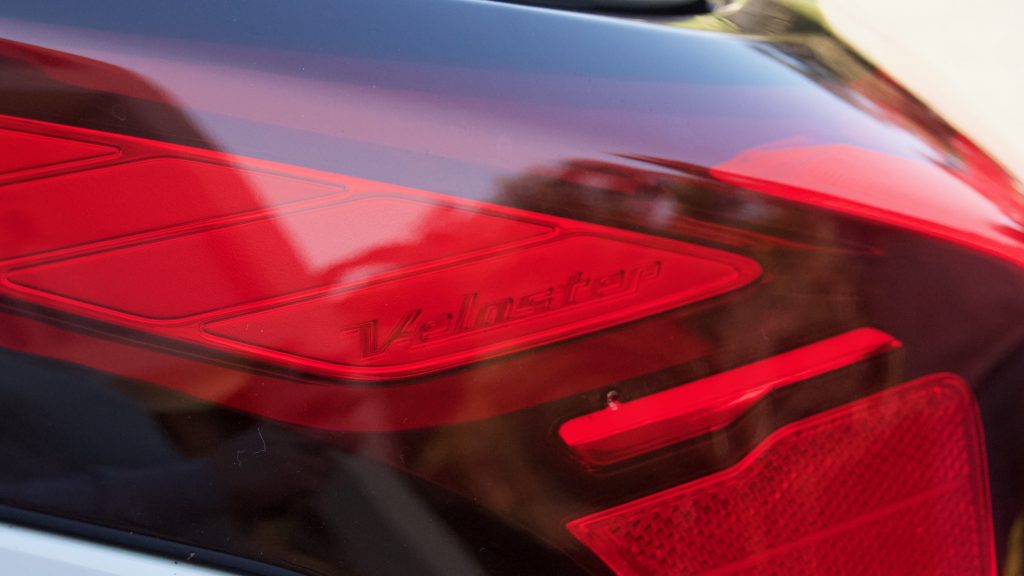
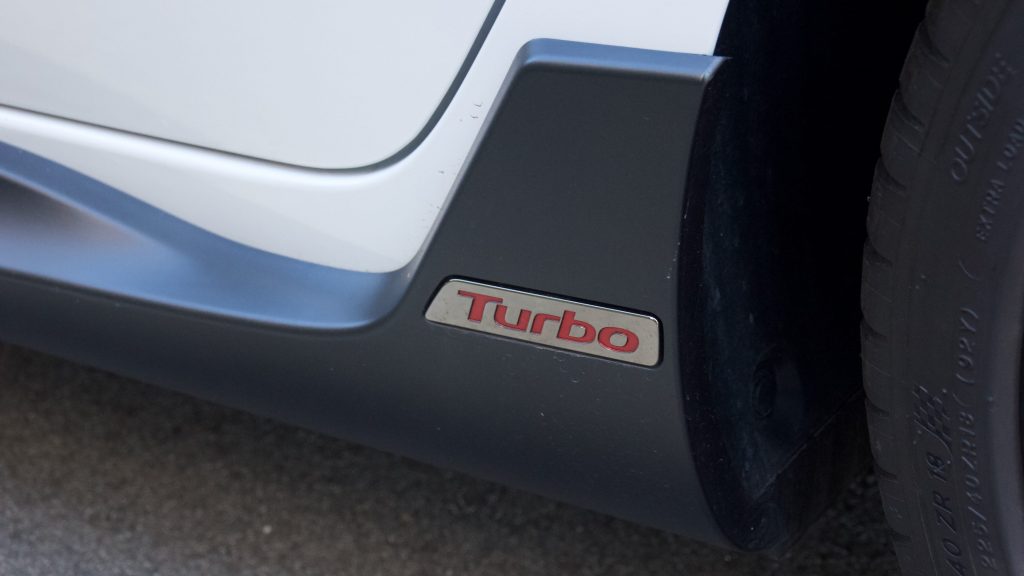
Standard safety features on the manual 2020 Hyundai Veloster Turbo are blind spot monitoring (BSM) with rear cross-traffic alert, driver attention warning, autonomous emergency braking (AEB), auto high beam and lane keep assist. Choosing the dual-clutch automatic transmission adds adaptive cruise control and pedestrian and cyclist detection to the AEB, which we think should also be standard on the manual.
The ‘Chalk White’ paint seen on out test car is part of the metallic paint options for the Veloster which also include ‘Phantom Black’, ’Tangerine Comet‘ and ’Dark Knight’, which come at a $595 premium. The only standard colours available on the 2020 Hyundai Veloster are ‘Ignite Flame’ and ’Thunder Bolt’.
Drive & Engine: How does the 2020 Hyundai Veloster Turbo drive?
Hyundai’s familiar 1.6-litre turbocharged four-cylinder engine features in the 2020 Hyundai Veloster Turbo. It produces 150kW of power and 265Nm of torque through the front wheels. This engine is also found in the i30, Kona, Elantra/i30 sedan and the Tucson.
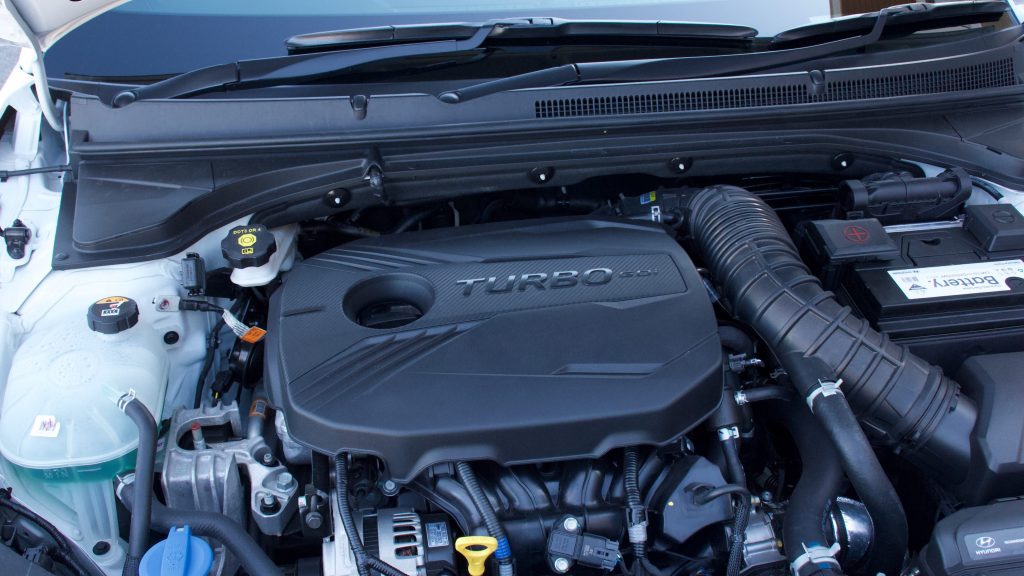
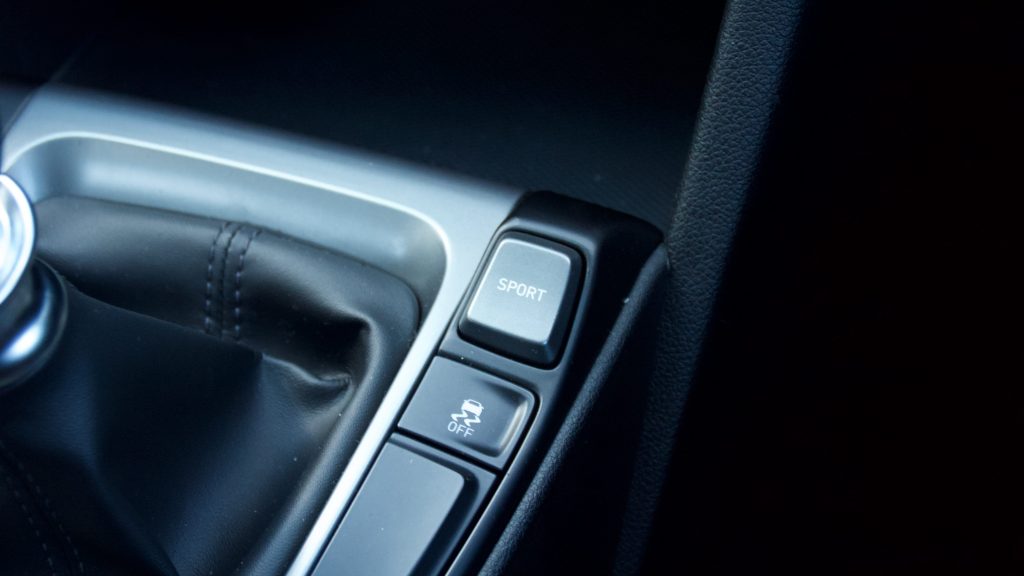
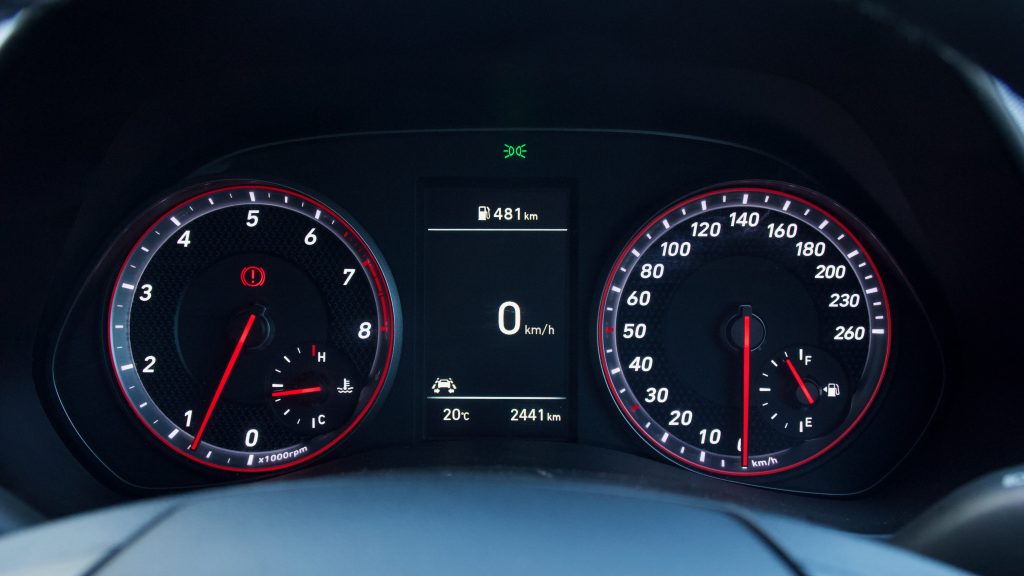
The 1.6-litre turbo engine is very much suited to the Veloster as it offers acceleration that will rival any other warm-hatch but is still quiet and refined when you ask it to be. It does also produce a nice noise from the centre mounted twin exhaust system, especially in Sport mode. In Sport mode the throttle response is also improved, and the Veloster seems feels more alive and eager.
In our test car we had the standard six-speed manual gearbox which felt great. The only gripe with the transmission we had is that the clutch lacks a bit of feel so it can take a while to get used to. The gearknob felt great in hand and the gears went in with a solid feel. Optional on all Veloster Turbo models is the seven-speed dual-clutch automatic transmission that comes at a $3,000 premium over the manual – we’d definitely stick with the manual.
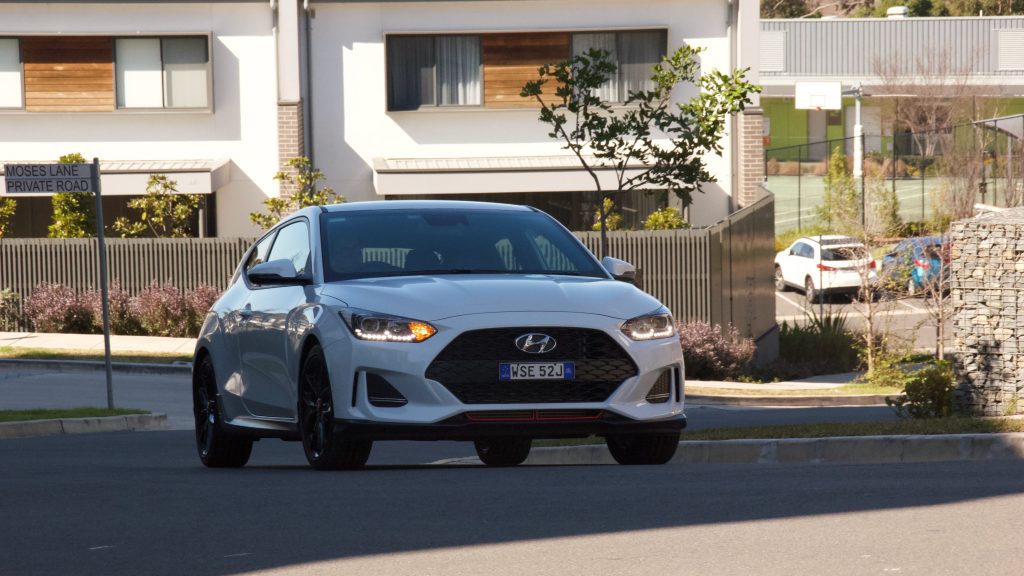

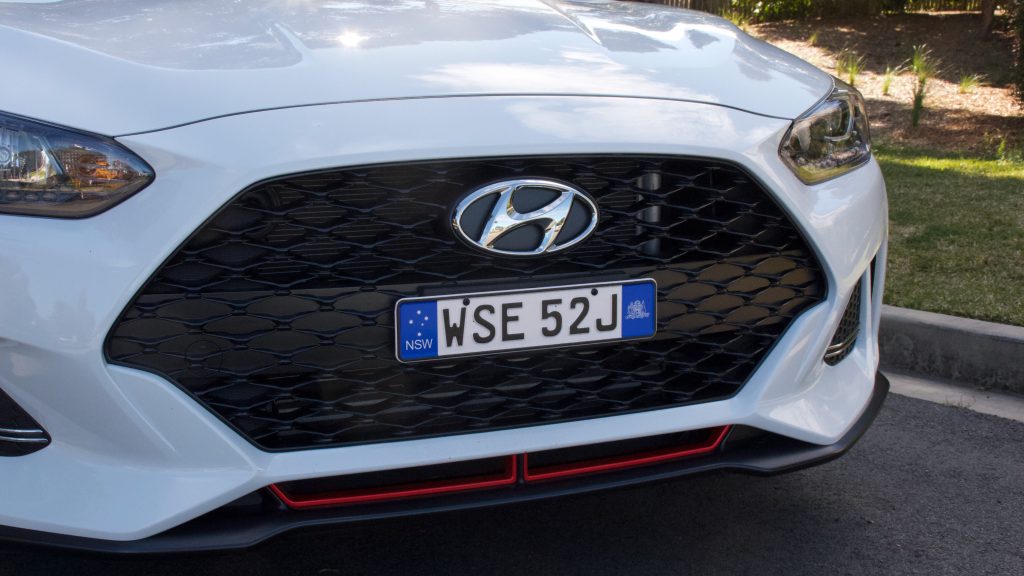
The claimed average fuel economy figure on the manual 2020 Hyundai Veloster Turbo is 7.3L/100km and with a mixture of highway and city driving we achieved just over 9L/100km, which is on par with what we expected. One highway run from Sydney to the Central Coast achieved a pretty good 5.2L/100km. For reference the dual-clutch Veloster Turbo’s claimed average figure is 6.9L/100km.
Ride & Handling:
The way the Veloster Turbo takes corners is great – it corners flat while offering great feedback through the steering wheel, which offers well-weighted and reasonably-feelsome feedback. The Veloster is always keen to corner and while it’s not quite like an 86 in terms of driver involvement, it’s still a fun thing to chuck around.
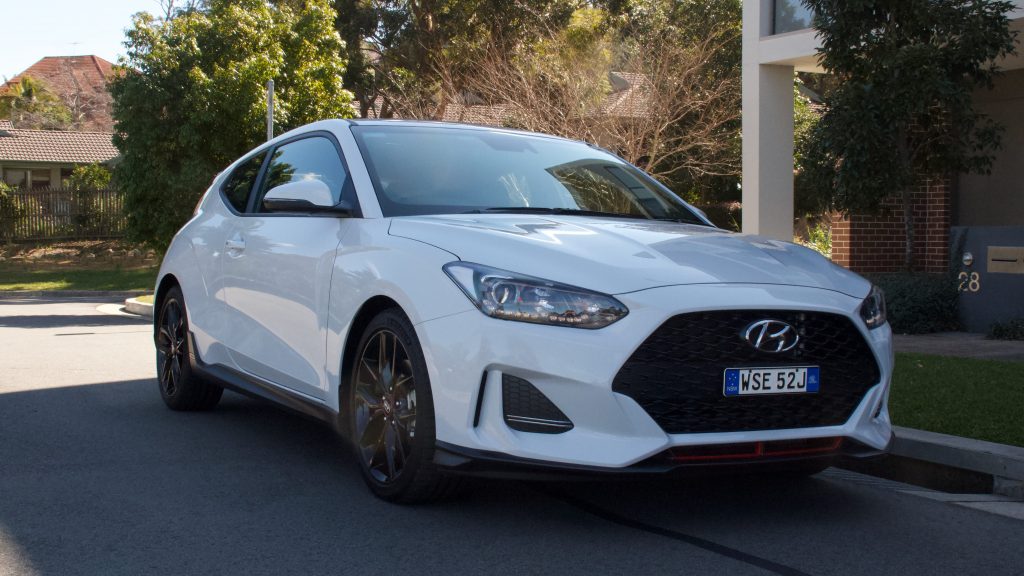
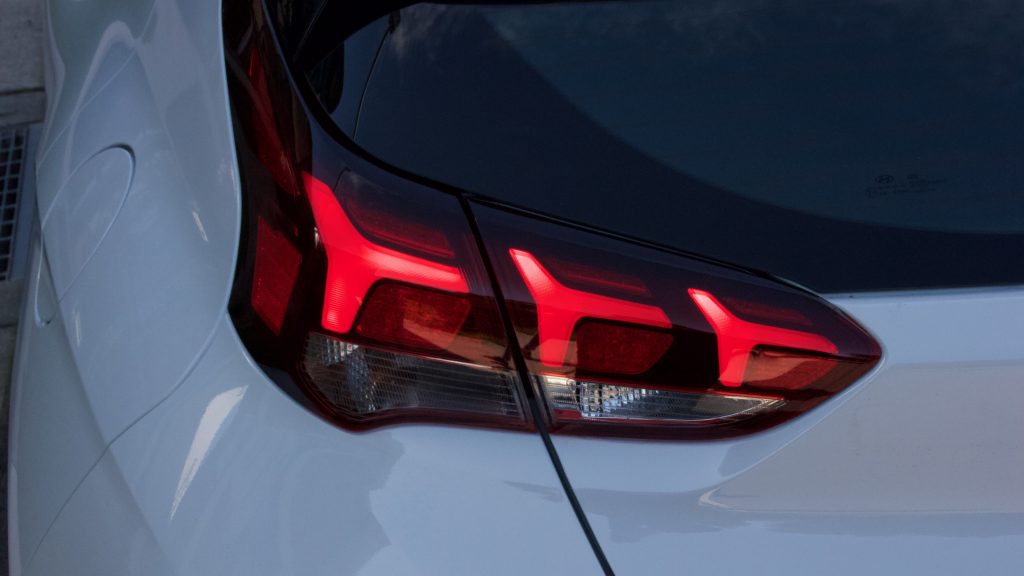
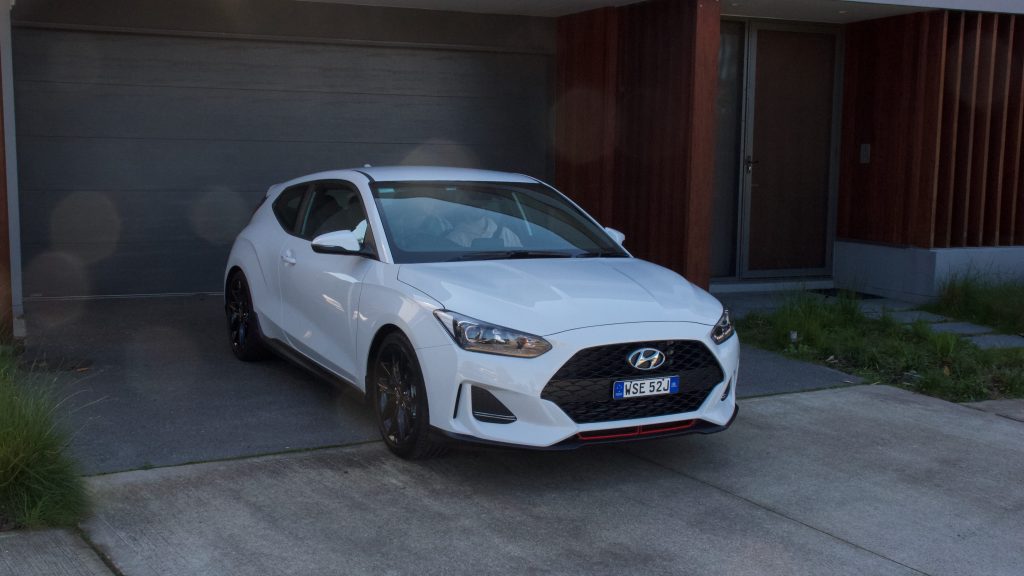
The ride in the 2020 Hyundai Veloster Turbo is compliant and soft around town when you need it to be but when the Veloster is driven hard it doesn’t feel overly firm or uncomfortable. It is a much nicer ride compared to the 2020 Kia Cerato GT or 2020 Toyota 86, and is definitely a better all-rounder than the Cerato in particular.
Interior & Practicality:
The interior design of the 2020 Hyundai Veloster is funky and offers something different in a world of boring black cabins. The interior is filled with red accents on the seats, shift knob, gauges, steering wheel, climate control buttons and even the audio controls. It emphasises the sporty nature of the Veloster.
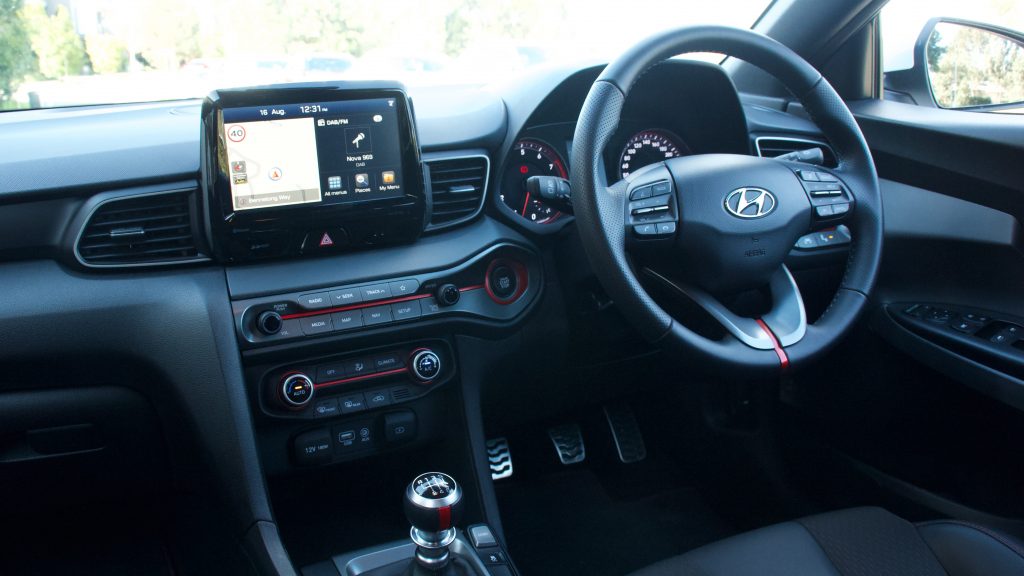
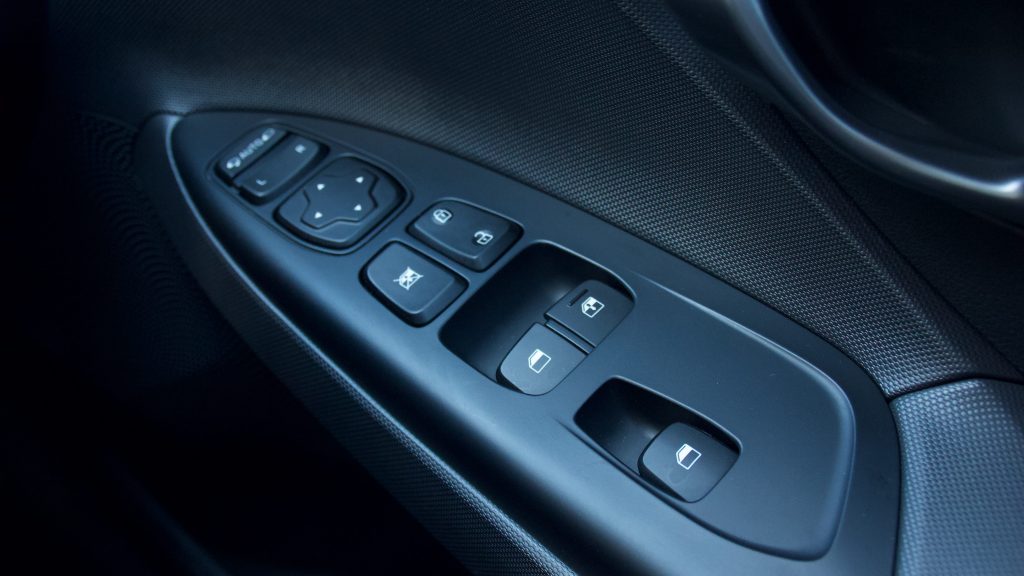
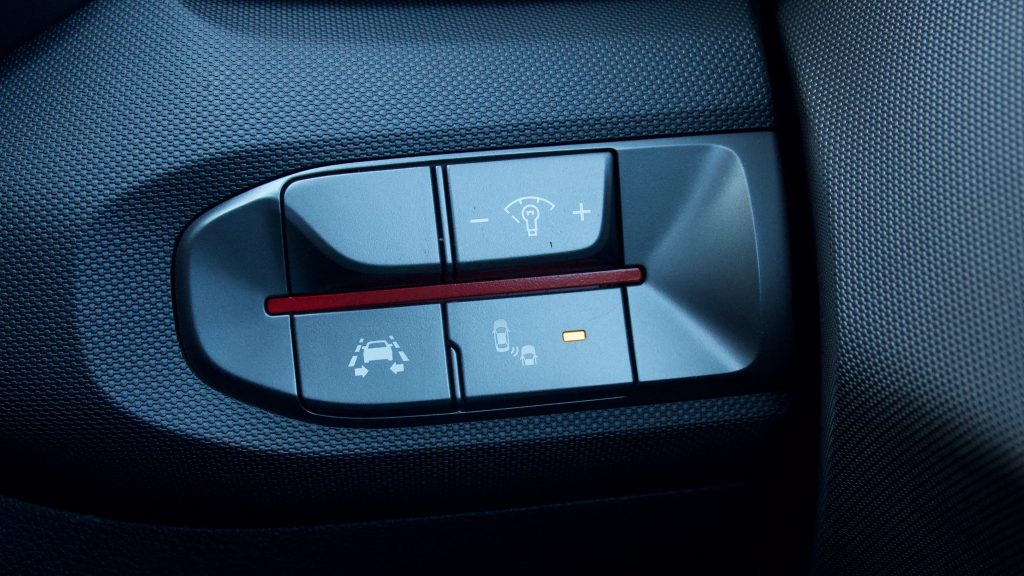
The downside to the Veloster’s cabin is the hard plastics, and there are quite a lot of them – not one panel in the cabin is soft, and in this regard it feels very aimed at North American markets. The doors, dash, and centre console are all covered in hard scratchy plastics. The design of the dash may be unique and fun but the quality of the interior plastics are not.
The screen is a redeeming feature for the 2020 Hyundai Veloster’s interior as it is intuitive, and the screen is quick to respond to the touch. Apple CarPlay and Android Auto smartphone mirroring look good filling the entirety of the screen and the built-in navigation is easy to use. The shortcut buttons below the screen make it easy to navigate menus.
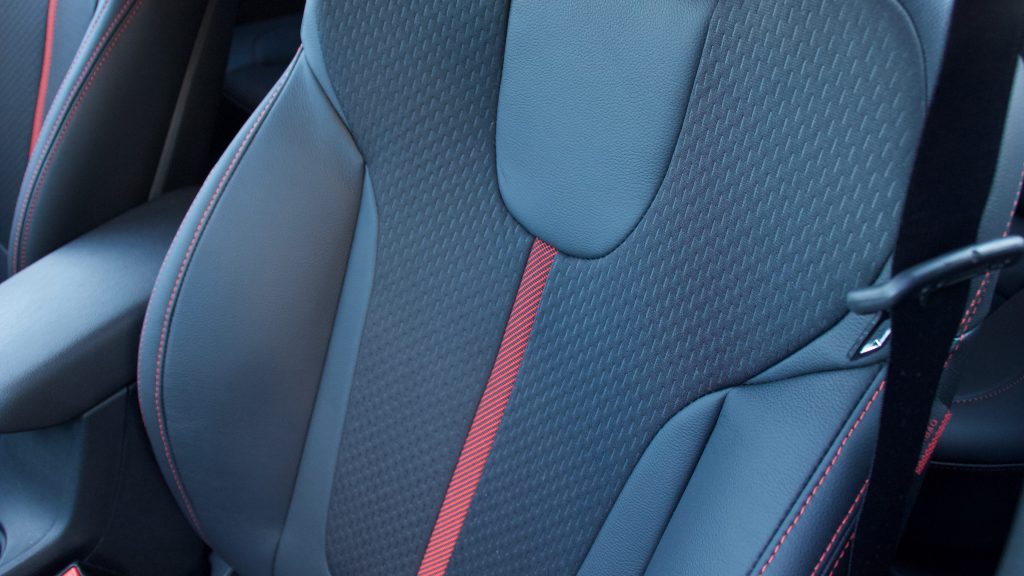
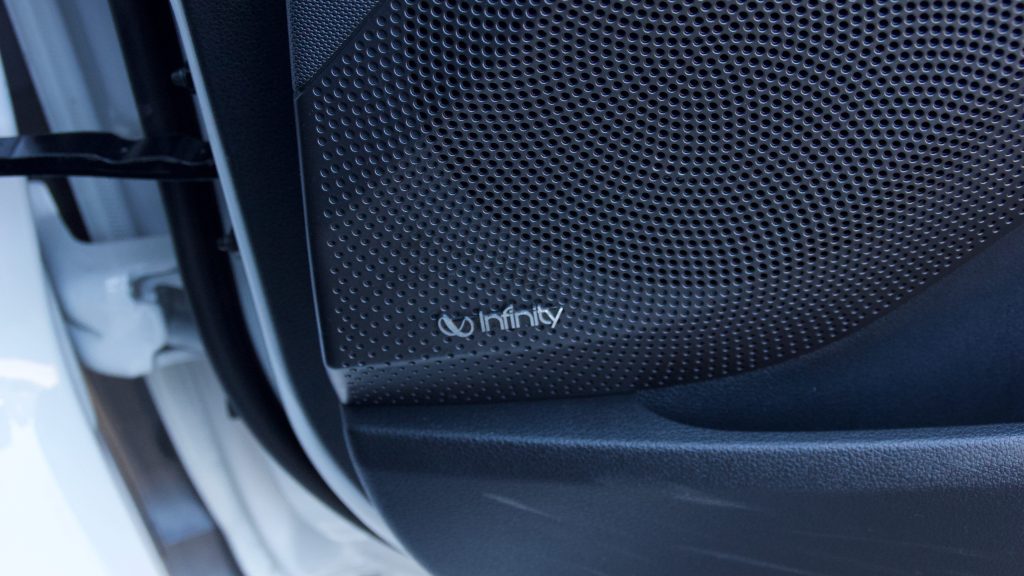
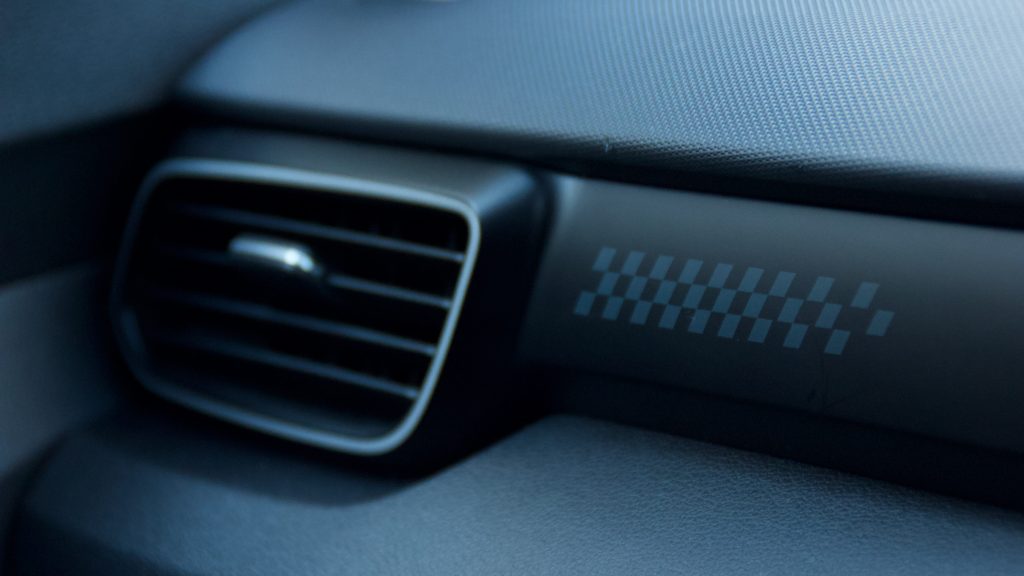
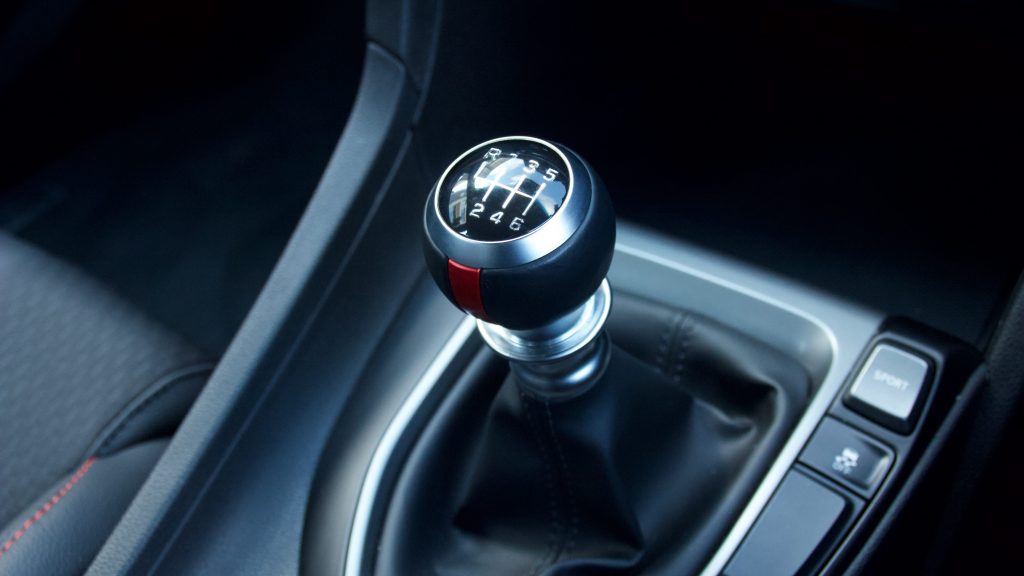
The steering wheel is fantastic, there are sport grips and the leather is good quality. The buttons on the steering wheel also feel nice and are placed well. The trip computer is also easy to navigate through the steering wheel buttons. It’s the same story with the gear knob, it is covered in nice quality leather and has a red stripe down the centre. It feels nice in the hand.
The rear seat room isn’t anything too extraordinary. It is tight but the demographic that this car is aimed at aren’t likely to use the rear seat room often. Being a 2+2 and not a proper four-seater, there aren’t any amenities in the back – there’s no charging points, no air vents and no arm rest.
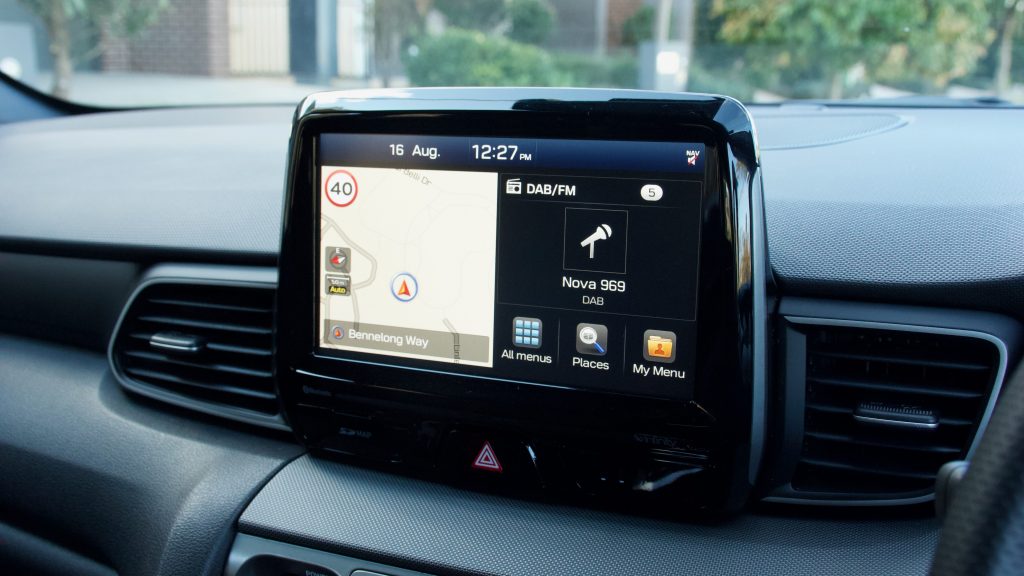
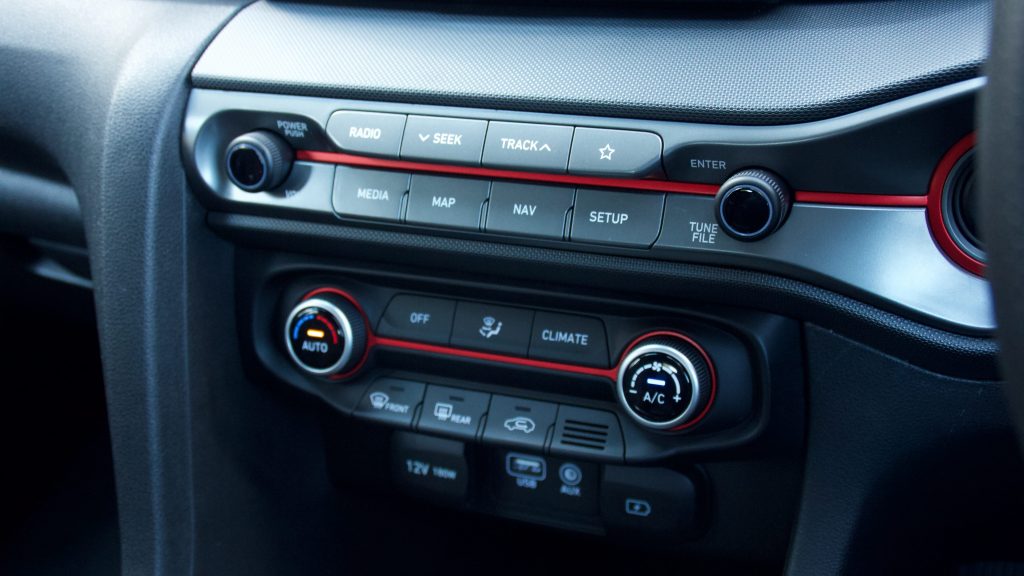

The boot is a different story as it is quite deep and offers a net and cargo tie down point. Cargo space comes in at 303-litres with the rear seats in place and 1,081-litres with the rear seats folded down. Compared to a Mazda 3 hatch the Veloster has more boot space and about the same rear legroom.
Running Costs & Warranty:
As with all Hyundai products, the 2020 Hyundai Veloster comes as standard with a five-year/unlimited kilometre warranty with 12-months of roadside assist that gets topped up by a year with every completed service. The only downside to the Veloster’s engine is that like the Cerato and i30 N-Line, it requires servicing every 10,000km or 12 months – most cars featur 15,000km/12-month intervals or sometimes even higher.
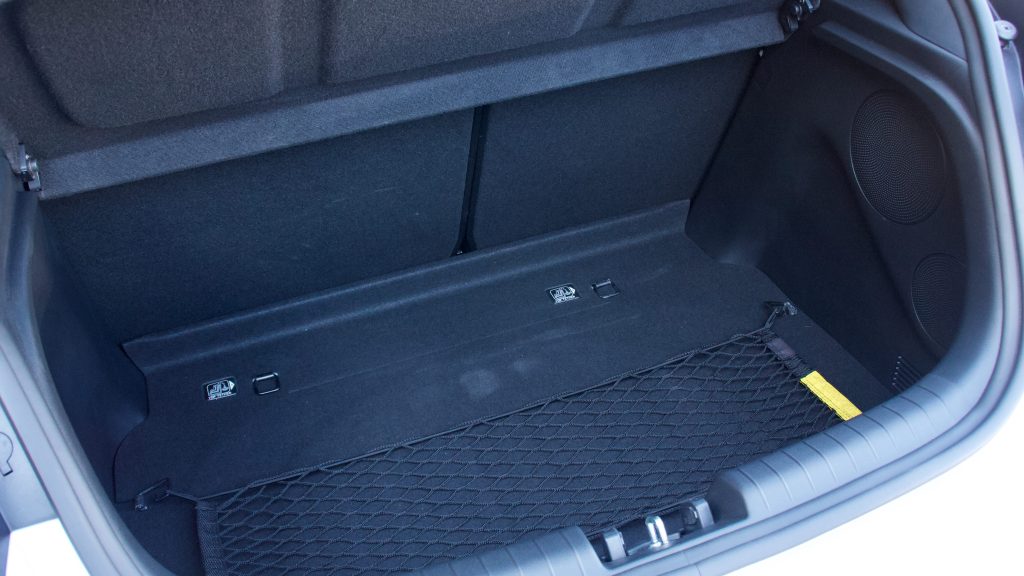
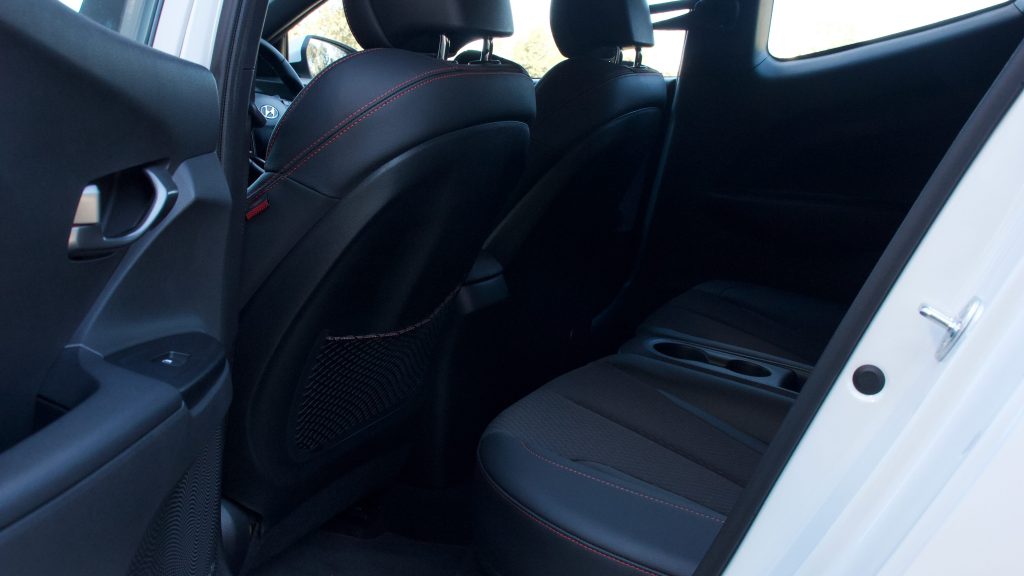
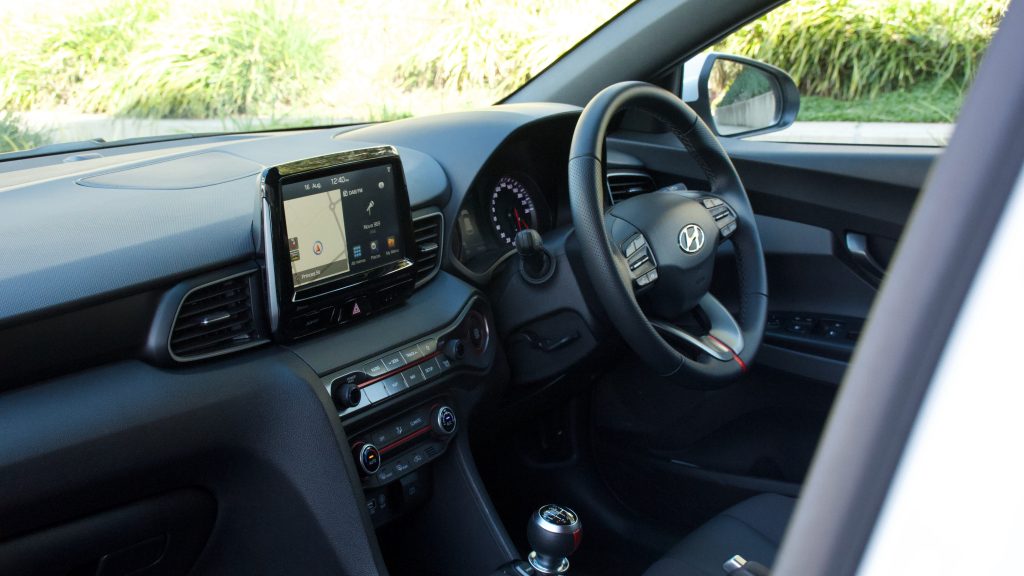
Service pricing for the Veloster is reasonable with the first three services coming in at $299 a pop, which is $897 over three years. The overall cost of ownership including servicing and fuel cost (over 15,000km per year and at $1.50 per litre) is $5,824.50.
Conclusion:
The 2020 Hyundai Veloster Turbo is a fun, nimble little warm hatch that deserves more attention than it gets. Most people look past it for its quirky four-door situation but in our opinion, it offers the best of both worlds: coupe styling with five-door practicality. The interior plastics mightn’t be the best, nor is the rear leg room but with the way the 2020 Hyundai Veloster Turbo drives is it enough to look past these issues? We think so.
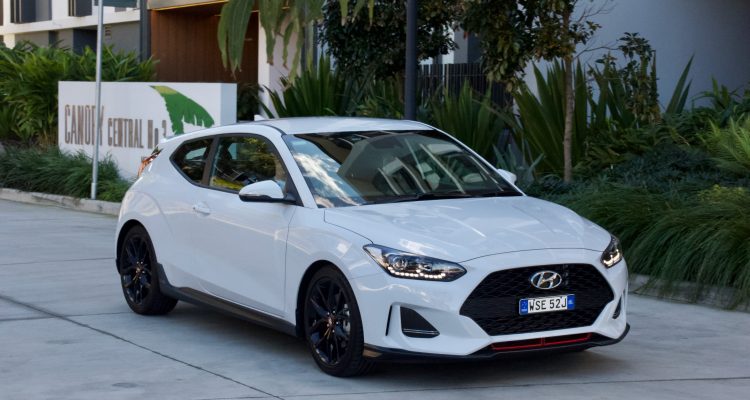
Leave a Reply